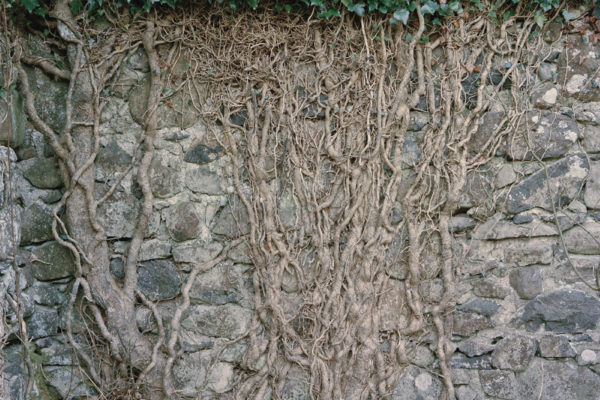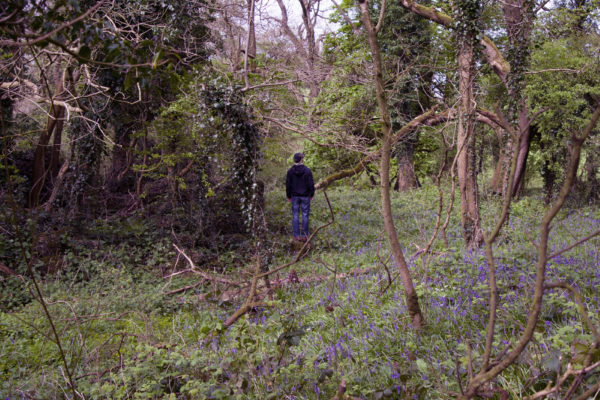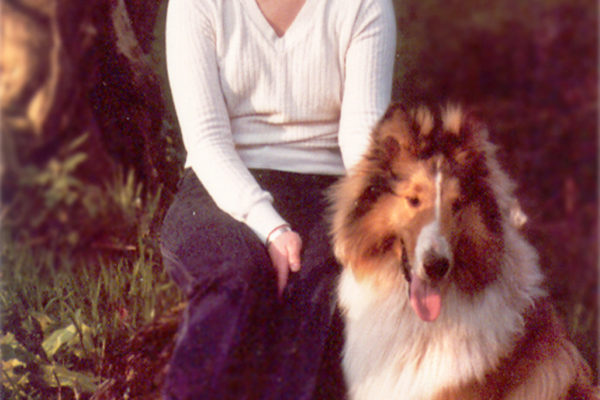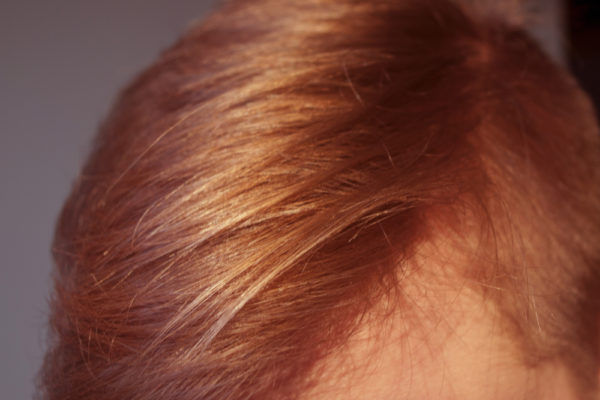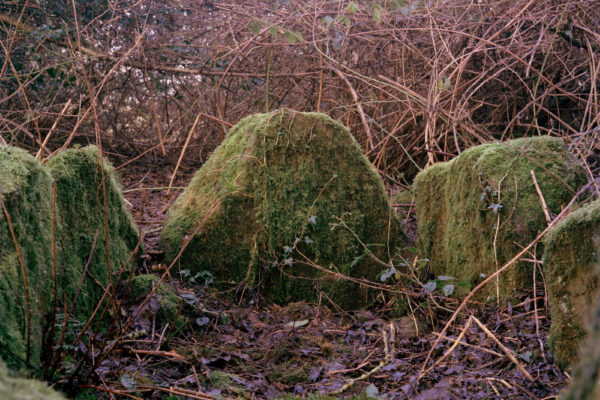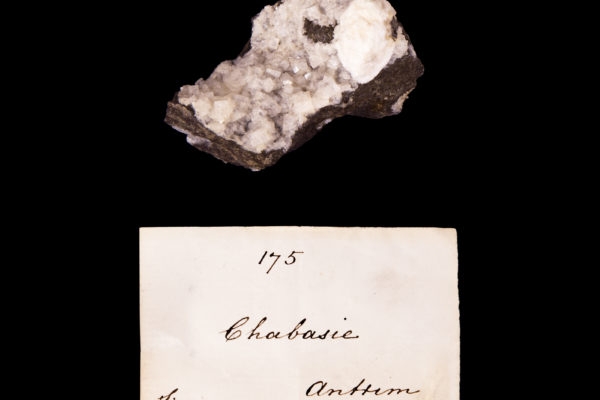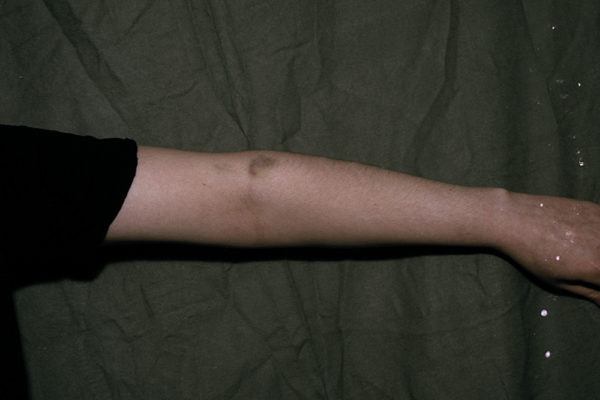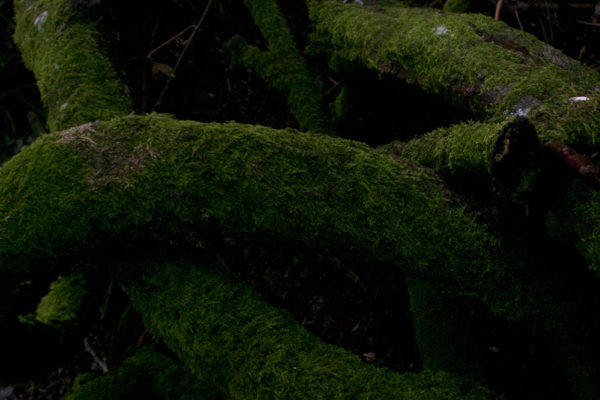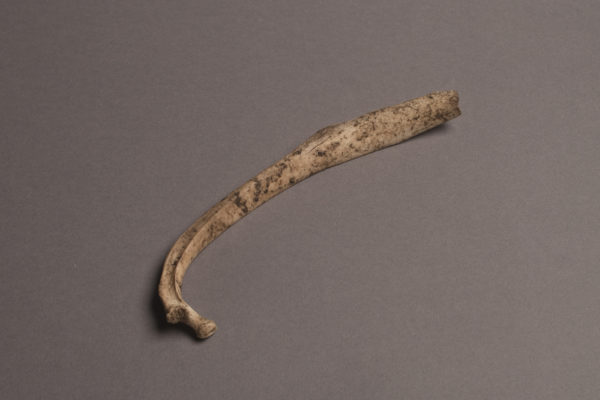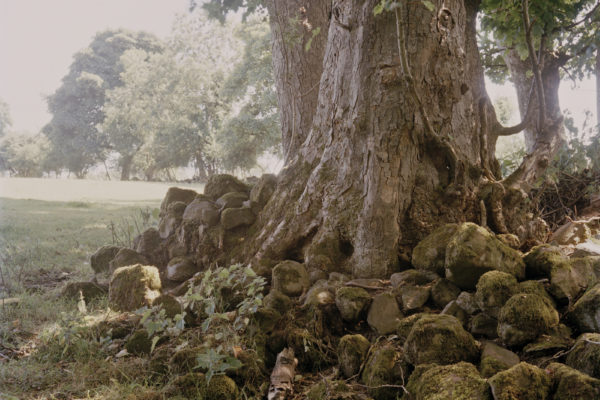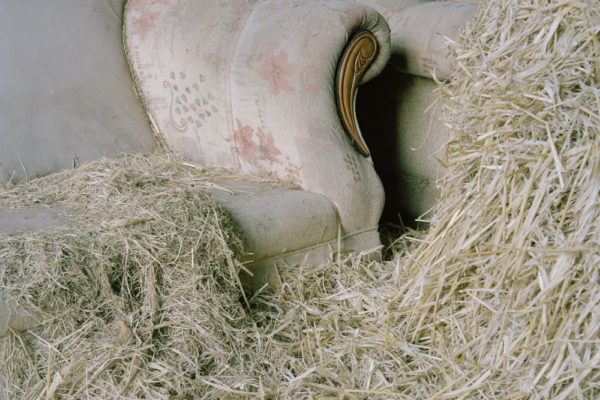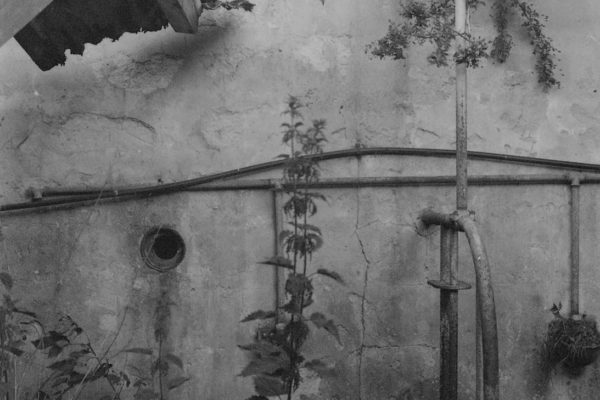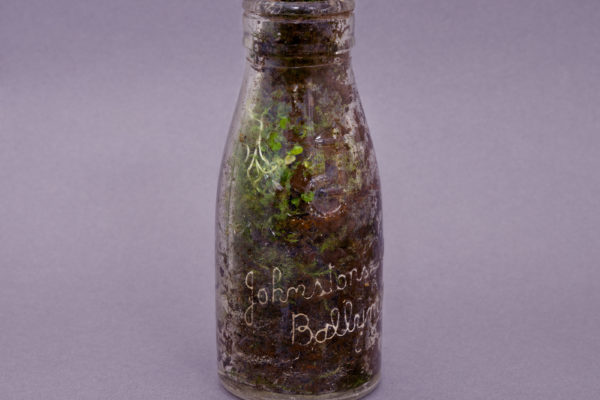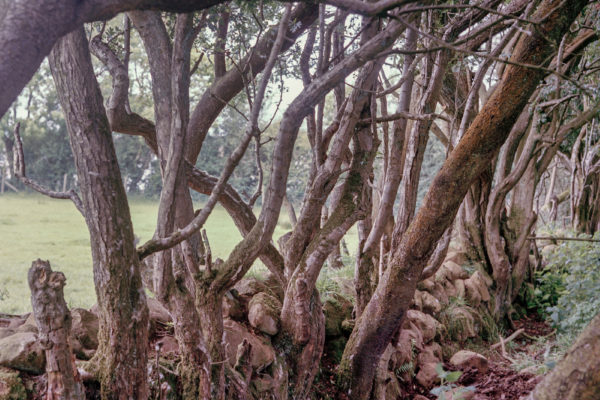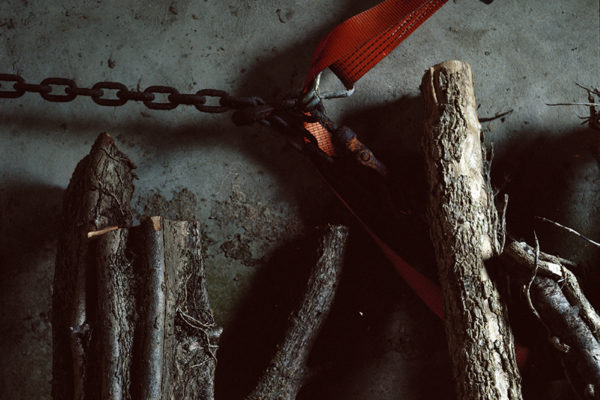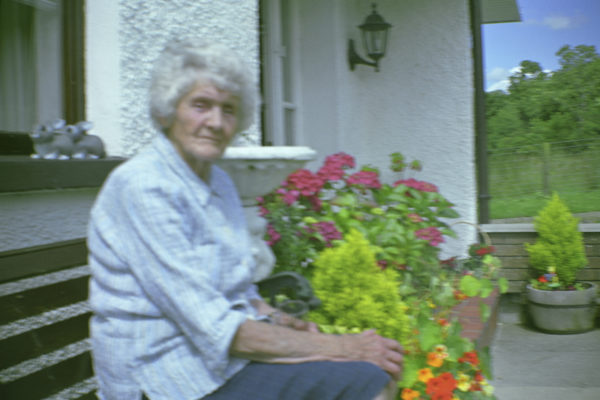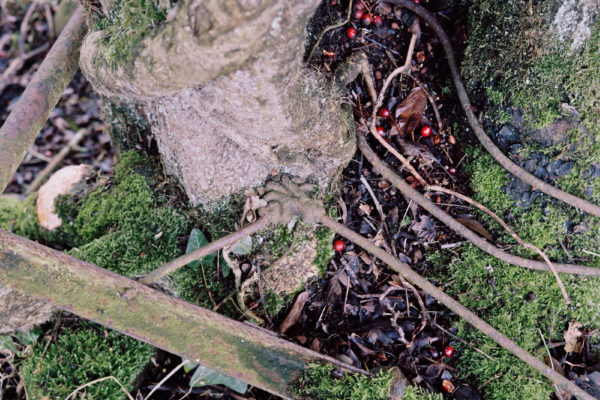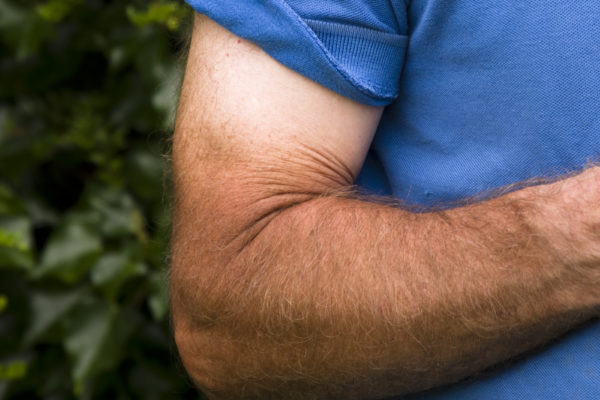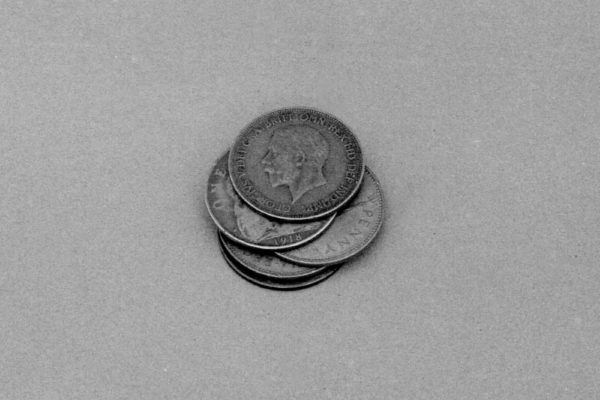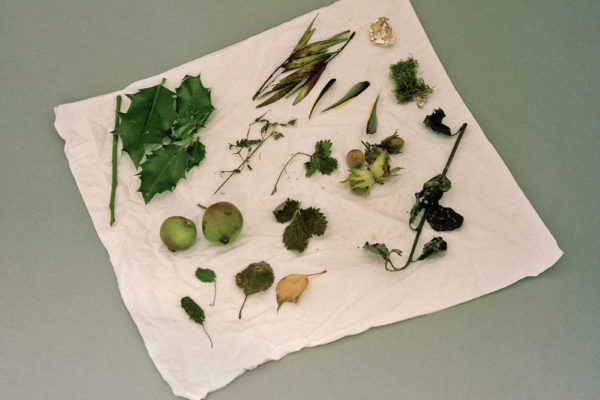A Map Without Words is an investigative approach into the land where I’m from and where I am now, in an attempt to understand the subtle differences that have led to a “lacking” in my new surroundings. I began with a series called 12 Miles, when I photographed places in Edinburgh that reminded me of the landscape back home but failed to give me the same feeling, instead leaving me with a sense of unease and detachment. I moved to Edinburgh from Co. Antrim four years ago and it was only with this distance that I realised the deep connection I felt to the landscape where I grew up. I had taken this for granted back home and wanted to try and understand where it had come from. I’m especially interested in the idea of trying to understand and quantify the intangible, and the failures of science and photography in this regard.
A lot of the background research I’ve been doing is related to the “gentleman scientist’ type of naturalist in the 19th and early 20th century along with that Victorian/Darwinian obsession of measuring and classifying the world around them (and photography as part of that ‘scientific truth’). I see that as also rooted in the imperialism and colonialism of the time.
The small area (or townland) around where I grew up has been home to several generations of my family and I often feel like I’m part of a continuum of people in this place, cyclical and generational histories playing out across a backdrop of the same trees, stones and fields. At the same time, I feel like I have a connection to the landscape that is a physical sensation, rather than related to memory and nostalgia. As a non-spiritual person, I want to understand what that is and where it comes from (but I know that I may never achieve this).
I would like to apply scientific (maybe pseudo-scientific?) methods to this endeavour and investigate fully all avenues of possibility by collecting as much data as I can about the place by drawing on cartographies, found imagery and personal histories as well as the materiality of the land in a literal sense. The images I have made (all within a mile or two of my home) are generally quiet and tactile, descriptive but not necessarily explanatory. In this way, I’d like to present a project that invites people to think about place and identity, but also the shortcomings of photography and empiricism in giving us true understanding of an idea or theme. At a stretch, I also see it as imposing a ‘foreign’ language (of science and rationalism) onto a native, instinctive phenomena and the inevitable failure of understanding this causes.
I feel that my current practice is moving away from linear narratives and I would appreciate the opportunity to explore more experimental methods of working and presentation, to encourage many different readings from a single set of images. To this end, I have previously shown a small number of these images in Stills as an installation that invited viewers to move the prints around on the wall to create their own narrative. The project is still a work in progress that may evolve into a body of work with several chapters or remain as one large ecosystem of images. Most of the photographs have personal memories or stories attached so I am currently considering the importance of text and captions and the level of detail that I want to give away to the audience.
BIO
Zoe Hamill is a photographer from Co. Antrim now based in Edinburgh. Her work often explores the dynamics of the human relationship with nature and the environment. She is also interested in the systems of classification that we use to make sense of the world around us, and similarly the distance between an object itself and a description of the object when photographed. Hamill has explored this in previous projects looking at specimens within museum collections (Cold Storage) and am currently photographing in the Cockburn Geological Museum at the University of Edinburgh. Her most recent work is concerned with the landscape and my relationship to it, both in Edinburgh and at home in Northern Ireland. After graduating with a BA in Photography from Belfast School of Art, Hamill completed an archive internship at Belfast Exposed and co-founded Belfast Photo Factory, a collective supporting emerging photographers in Northern Ireland. Since moving to Edinburgh she has been selected to take part in the New Photographers Guild programme 2015 in association with Street Level Photoworks. This mentorship programme for emerging artists culminated in a group show in Hillhead Library in May 2016. In March 2017 Hamill’s work was included in the exhibition When the Light Shifts showcasing women photographers in Scotland, as part of the International Women’s Day programme in Glasgow Women’s Library. This year she exhibited as part of Revolv Collective’s One Year Show in London and most recently was exhibited during Projects 18 at Stills, as part of Fresh Focus.
